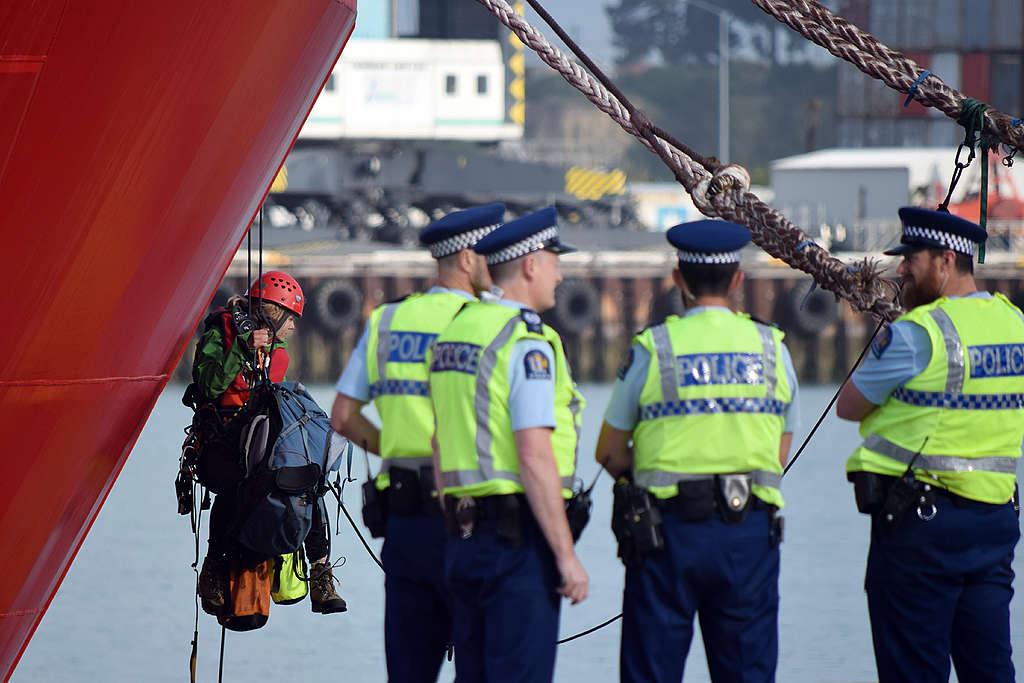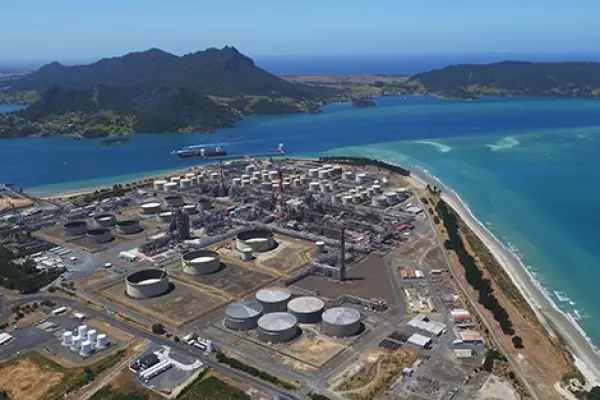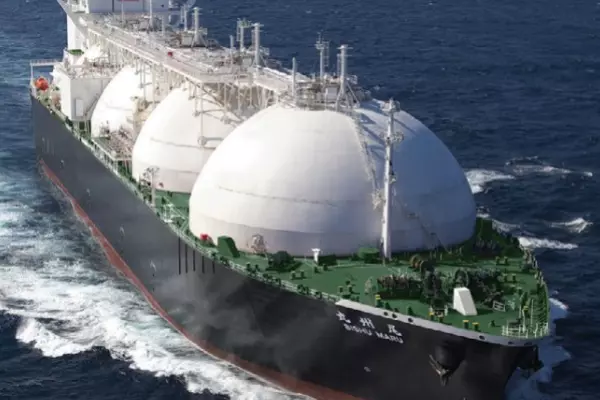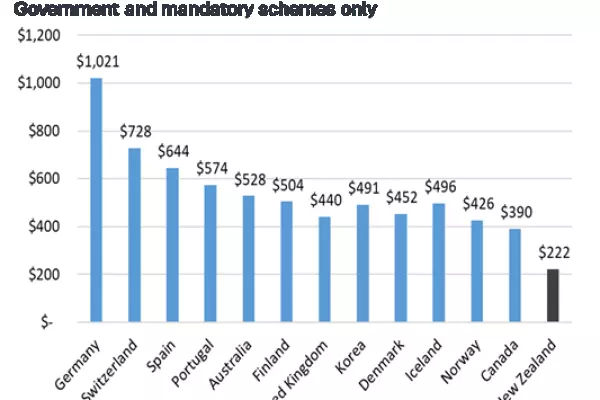OPINION: Climate posturing wins over genuine action

Greenpeace’s occupation of the Skandi Atlantic this week is a discouraging reminder that after 20 years of debate on climate change, highly stage-managed climate posturing counts for more than action to actually reduce emissions.
That members of our elected government still take an international protest franchise like Greenpeace seriously is dismal. As we speak, the coalition is inviting submissions on ways to make it easier for activists to extend their disruption of lawful oil and gas operations into the exclusive economic zone.
It would be laughable if it wasn’t so serious.
For the past 14 months, wholesale electricity costs have been high – largely due to tight gas supplies in this country’s hydro-dependent generation system.
Greenpeace would prefer New Zealand’s gas supplies were permanently tight and expensive, even though that would increase power costs, slow electrification of industry and transport, and probably increase use of coal-fired generation – and emissions - during dry periods and peak winter demand.
Contrast that with the important role the International Energy Agency sees for gas in trying to get global emissions down to levels consistent with the sub-2 degrees warming target set in Paris in 2015.
In its latest World Energy Outlook published earlier this month, the agency modeled a sustainable development scenario that would meet that target, reliant largely on much stronger energy efficiency measures, a 62 percent increase in nuclear energy by 2040 – something Greenpeace also opposes – and a tripling of renewable electricity generation.
On those settings, 2040 emissions are slashed by cutting coal use by about 60 percent from 2018 levels, while oil use drops by a third.
But global natural gas use in that scenario is barely changed – down about 3.5 percent by 2040. When bio-gases and hydrogen blends are included, gas use in 2040 would actually be about 4 percent higher than last year.
As the IEA notes, gas not only can displace higher-emitting oil and coal, but it also provides important flexible back-up for increasingly variable renewable power generation, and potentially the infrastructure for lower-carbon hydrogen and bio-methane blends longer-term.
New Zealand is an island and an increasingly renewable one at that. We are building more wind farms and geothermal generation, and we will replace more coal-fired industrial plant with varying combinations of gas, electricity and wood.
But we will need gas for many years to come. And unless we are prepared to import it at high cost – and increase global emissions doing so – we need to keep exploring for local resources to replace the fuel already used.
That is why the Greenpeace position is so ill-informed.
It is also why the government’s offshore exploration ban – far from being a “role model” for the world as claimed by one study co-author last week - is so damaging.
Not only does it distract from things that actually reduce emissions, it reduces our options for replacing coal and threatens the viability of the gas industry that the government will absolutely depend on if it is to advance its hydrogen ambitions. It will need the existing gas infrastructure and its workforce - if not the gas itself - to distribute hydrogen, even if it's made from renewable energy.
The international authors of the Production Gap report published last week believe that reducing supplies of gas, oil and coal is a necessary complement to demand-side initiatives to reduce their consumption.
Like the IEA’s less upbeat scenarios, the report is a stark reminder of how far from meeting the 2015 climate targets the world is. It estimates that we are on track globally to produce about 50 percent more fossil fuels by 2030 than would be consistent with a 2 degrees warming pathway.
The “gap” is a useful conceptual tool and, at a global level, you can probably argue for a supply-side reduction.
But it’s not an emissions policy handbook for an isolated island nation in the Pacific which already has a highly renewable electricity system and faces a particular emissions challenge from agriculture.
Nor does the report’s claim stack up that the exploration bans of New Zealand, France, Denmark, Costa Rica and Belize are somehow “demonstrating leadership” to the rest of the world.
Belize – population 408,000 – has an onshore oil industry but last year placed a moratorium on offshore exploration to protect the Belize Barrier Reef, a key to its tourism industry. Makes a lot of sense.
Costa Rica, which has a greater share of renewable electricity than New Zealand, halted exploration in 2002 and has twice renewed that ban. Interestingly, the state-owned refining company last year noted the potential to import gas as a means of displacing emissions from diesel use and industrial fuel oil.
Denmark in February 2018 banned onshore and near-shore exploration. It has multiple gas and power connections with its European neighbours and continues to benefit from its share of oil and gas production in the North Sea.
France, which has barely any oil and gas production on its mainland, declared its exploration ban in December 2017, 11 months after commissioning one of Europe’s biggest liquefied natural gas import terminals at Dunkirk. It also has 58 domestic nuclear reactors and power and gas connections with all its neighbours to draw on.
Were the Production Gap authors really interested in what different countries are doing on exploration, they might have noted the September reversal of Ireland’s earlier proposed exploration ban.
That country – which also has gas and electricity connections with the rest of Britain - will not allow exploration for oil but will continue allowing gas exploration and development, given its role as “a transition fuel that we will need for decades to come,” Prime Minister Leo Varadkar noted.
Mentally separating oil from gas exploration may sound a bit Irish, but the importance of gas in a decarbonising world remains vital.
Comments













